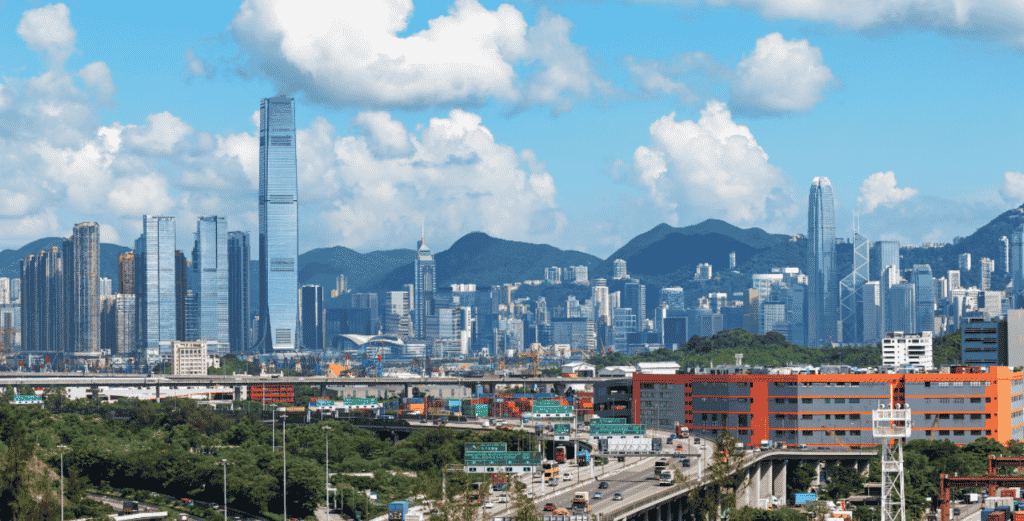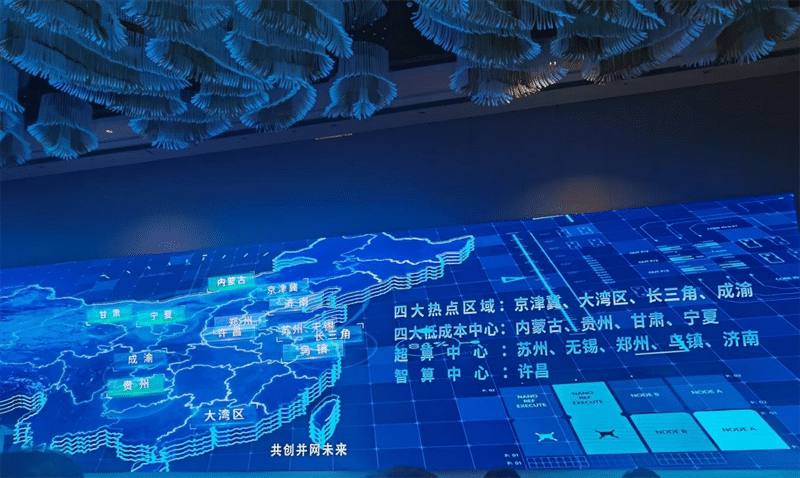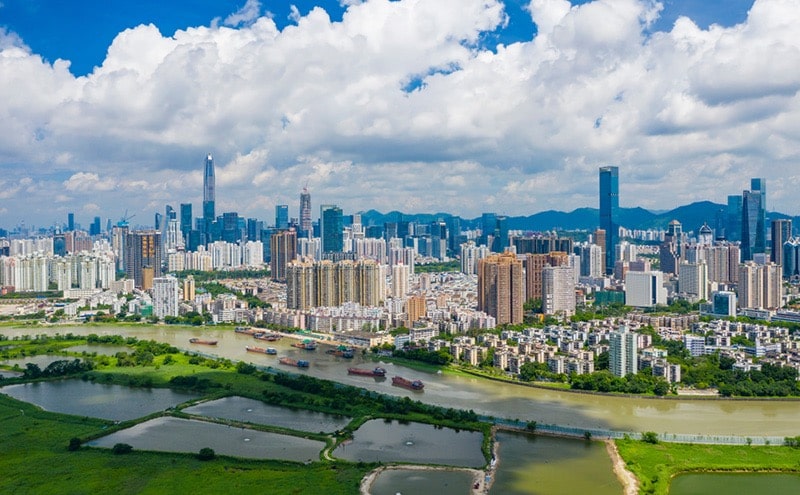RCEP will come into effect on the first day of 2022, and Hong Kong is seeking to join. In response to the wave of regional liberalization, the Institute of Emerging Markets at HKUST examines the relationship between Hong Kong and Southeast Asia from the perspective of the Greater Bay Area (Note). The following shares their main views, hoping to shed some light on how Hong Kong can leverage its own advantages and bring closer cooperation with partners in the Greater Bay Area and Southeast Asia to achieve win-win outcomes for all parties.
First of all, Hong Kong’s role as the southern window has never diminished and it is the most critical trade hub between the mainland and Southeast Asia. In 2019, the total trade volume between the Mainland and ASEAN via Hong Kong exceeded HK$400 billion, making Southeast Asia the second largest trading partner of Hong Kong, second only to Mainland China. Transportation and warehousing services generated by the re-export function are also Hong Kong's largest service exports, targeting many ASEAN countries. Regardless of commodity trade or service trade, Hong Kong is also a distribution port connecting the two major regions in Asia.
Guangdong, the mainland's largest foreign trade province, is already a world-class advanced manufacturing base. Working together with Hong Kong in the Greater Bay Area, it will develop towards leading technologies and high value-added services, and move up the global value chain. The Shenzhen-Hong Kong-Guangzhou area was rated as the second best innovation cluster in the world, confirming that transformation and upgrading have been achieved. When production costs such as labor and land appreciate correspondingly, low-end manufacturing industries with low value are most likely to migrate to Southeast Asia, which has close business relationships, accelerating the formation of the currently rudimentary regional supply chain and deepening Hong Kong's position as a trade hub.
Secondly, as a major platform for international investment and financing, Hong Kong is an intermediary city for financial integration between the Mainland and Southeast Asia. In the past ten years, the mainland has observed the development opportunities in ASEAN, and its direct investment has increased by 1.5 times, but it is far less than Hong Kong's three-fold increase in this area. Since Hong Kong's investment projects are concentrated in the manufacturing industry, it is believed that many mainland enterprises in Hong Kong use Hong Kong to invest in local factories. Based on the familiarity with Southeast Asian culture and business habits, Hong Kong is also the starting point for many Southeast Asian companies to enter the mainland.
The mainland's economic policy follows the strategy of expanding domestic demand, and the Greater Bay Area is the intersection of domestic and international dual cycles. Southeast Asian companies will assess the situation and not miss the mainland's national policy window to increase residents' income and expand residents' consumption. At the same time, the ten ASEAN countries are actively investing in infrastructure and attracting investment from the supply side. The digital economy, which has been the focus of recent years, is also the strength of the Greater Bay Area. The Greater Bay Area and Southeast Asia regard each other as important overseas markets, and Hong Kong will continue to serve as an investment gateway between them.
After joining RCEP, Hong Kong will be able to leverage its unique regional economic advantages. On the one hand, Hong Kong has always had closer ties with Southeast Asia than with mainland cities. In the conflict between China and the United States, Hong Kong's risk of being affected is also lower than that of mainland cities. On the other hand, Hong Kong’s Chinese-funded network is richer than any city in Southeast Asia, and its information flow is also more open than that of mainland cities. Hong Kong is a bridge connecting the two major regions in Asia. It can join forces with domestic companies in the Greater Bay Area to go out to sea, and it can also attract companies from Southeast Asia to consolidate its dual status as a trade hub and investment gateway.
Note: Bhaskaran, Manu, Nigel Chiang & Donald Low. (2021). "The Greater Bay Area: Implications for Hong Kong's Relations with Southeast Asia". HKUST IEMS Reports No. 2021-11. Institute for Emerging Market Studies, The Hong Kong University of Science and Technology.



